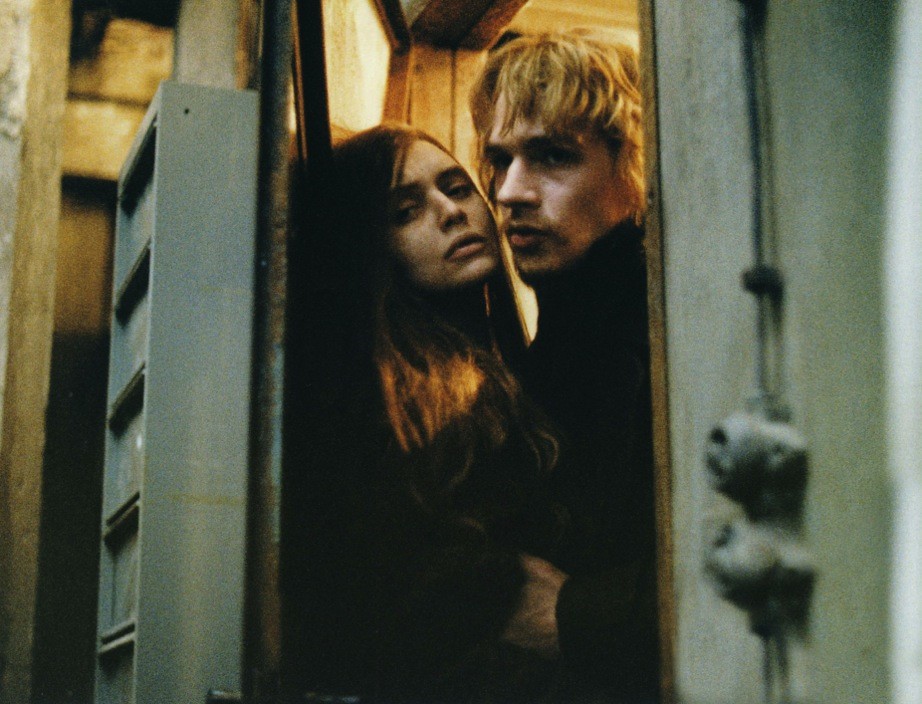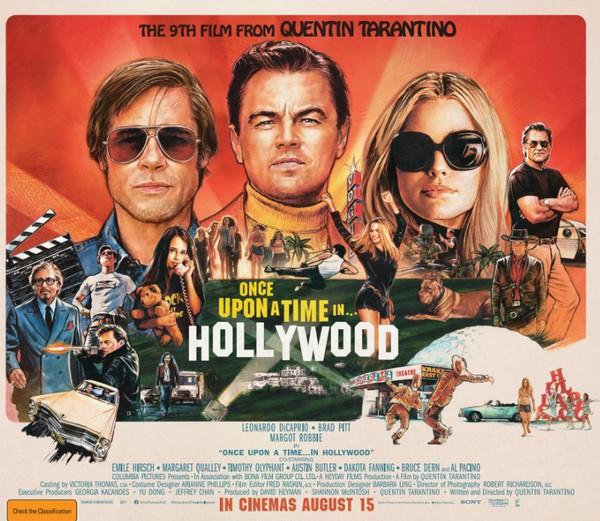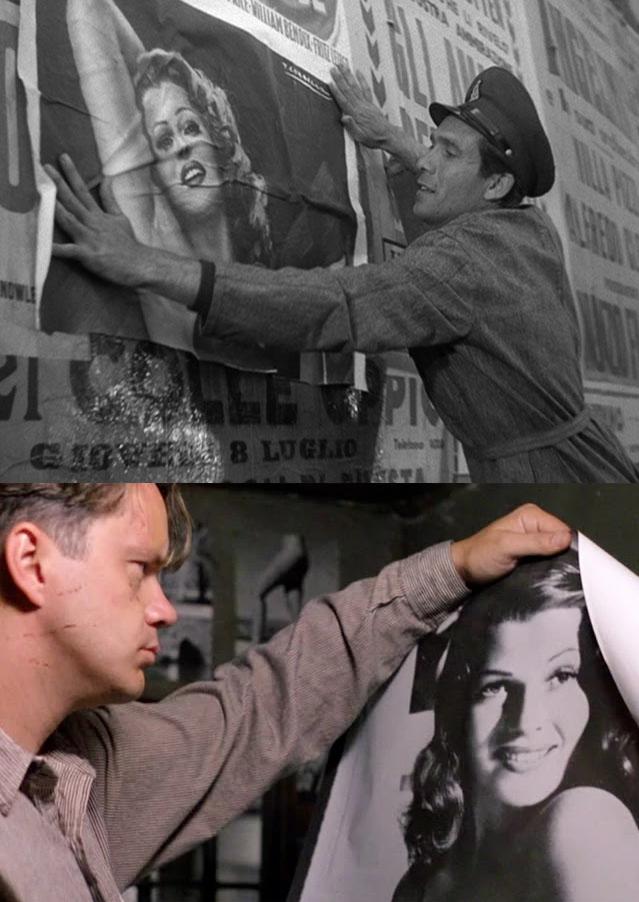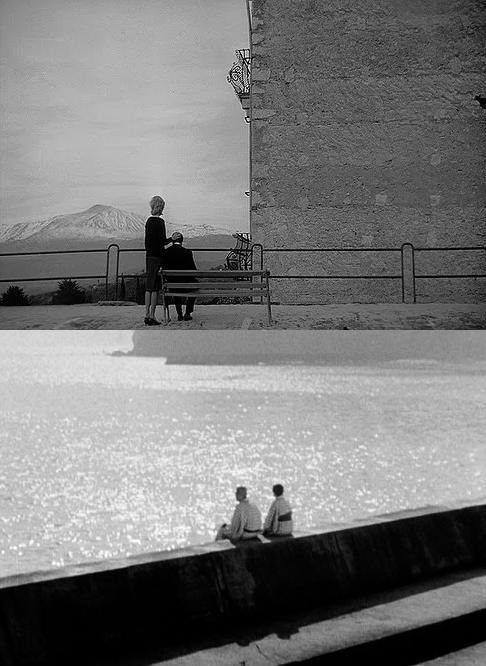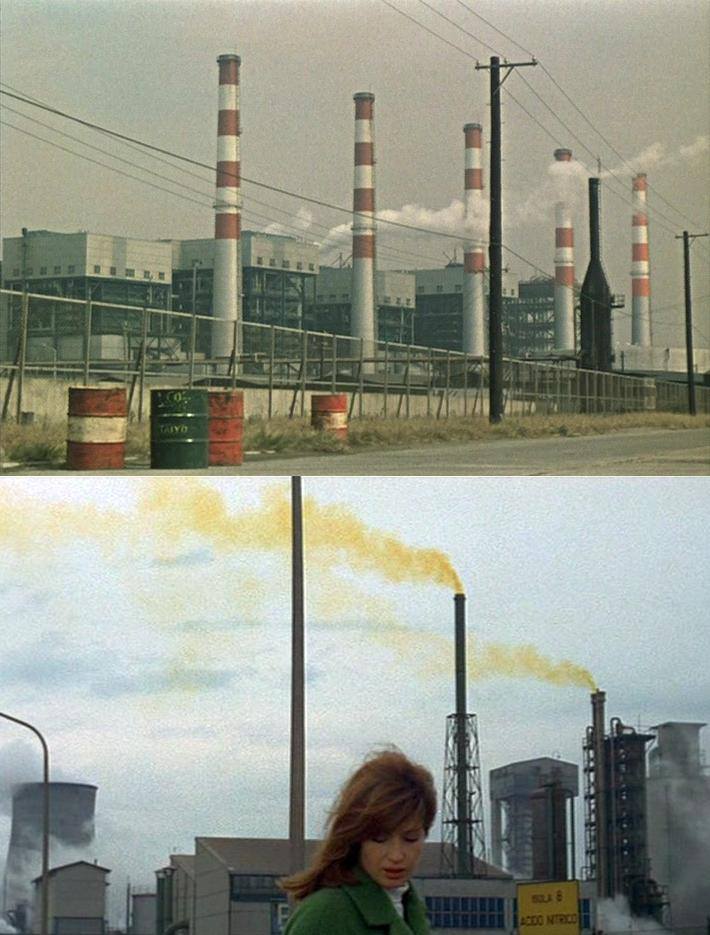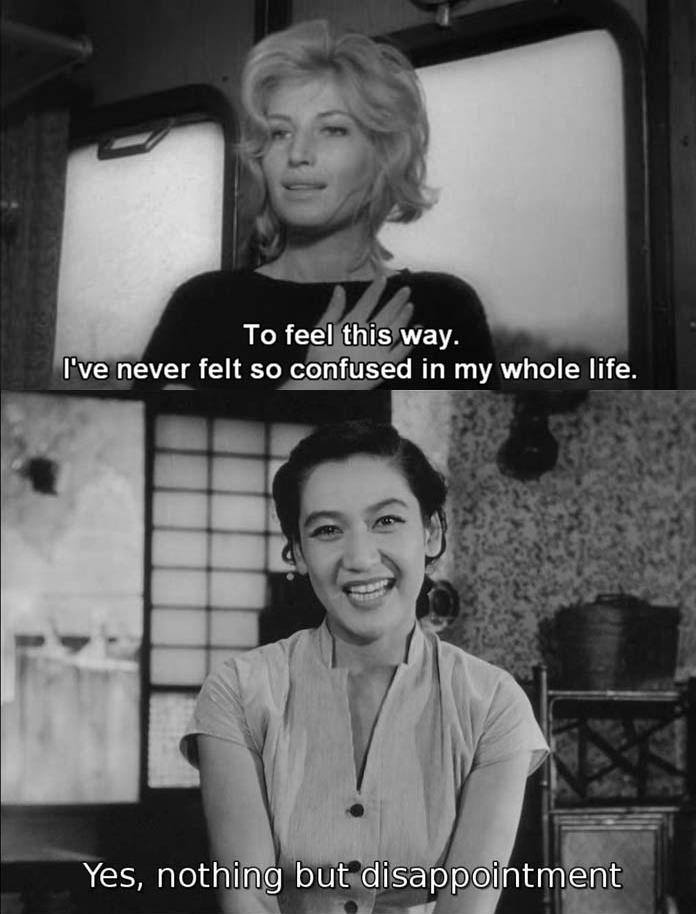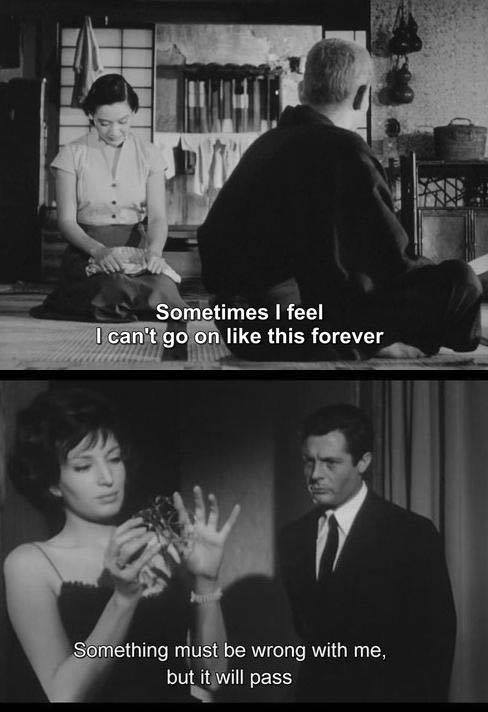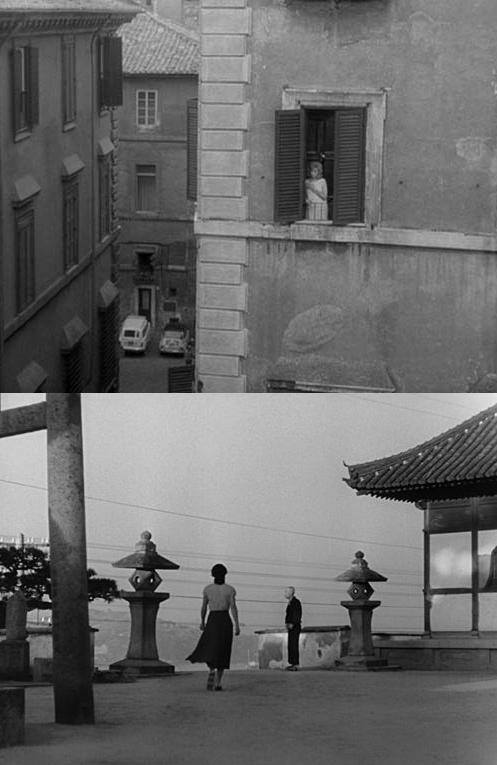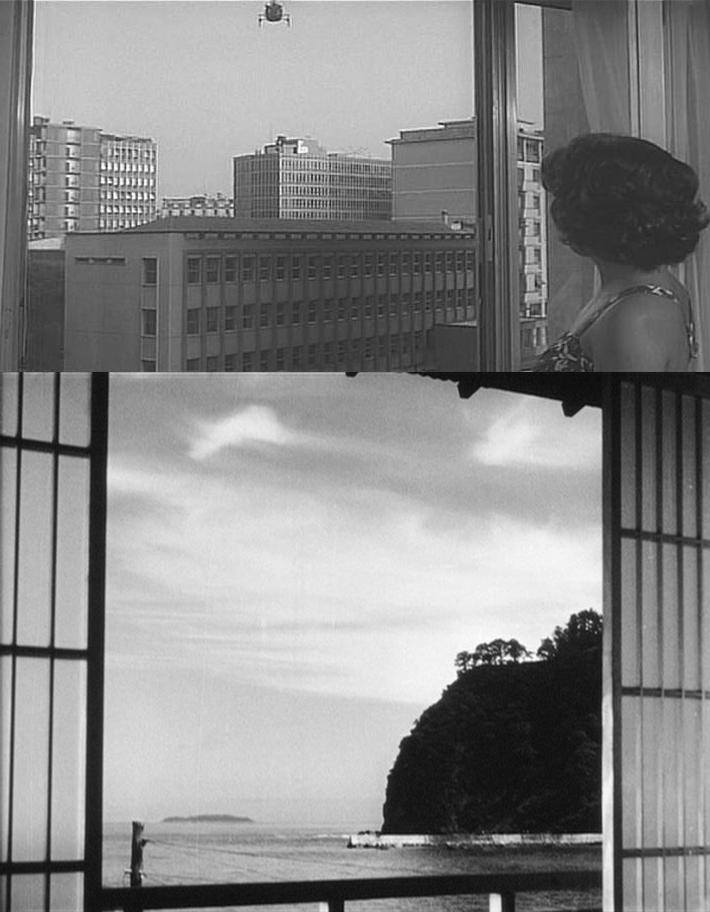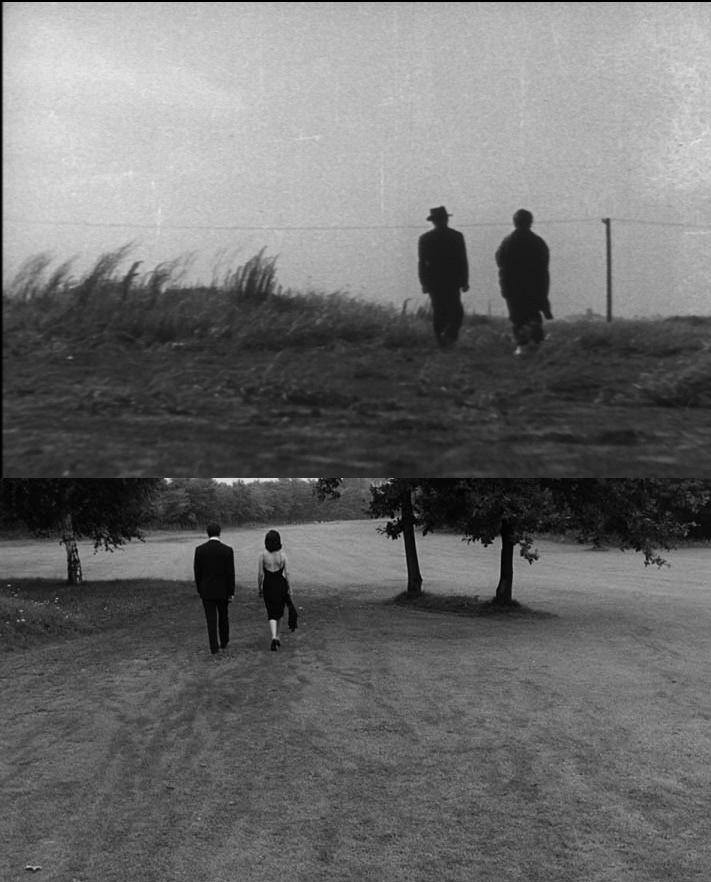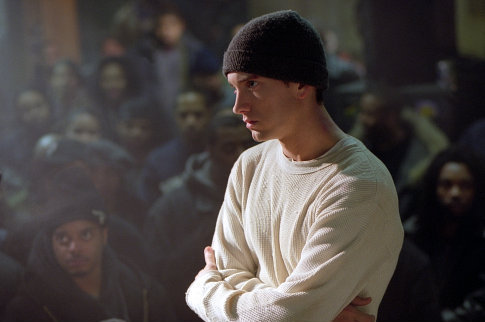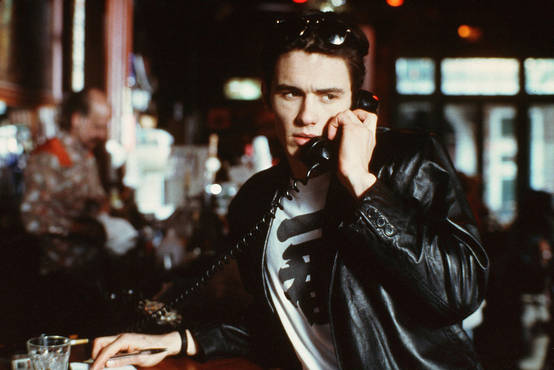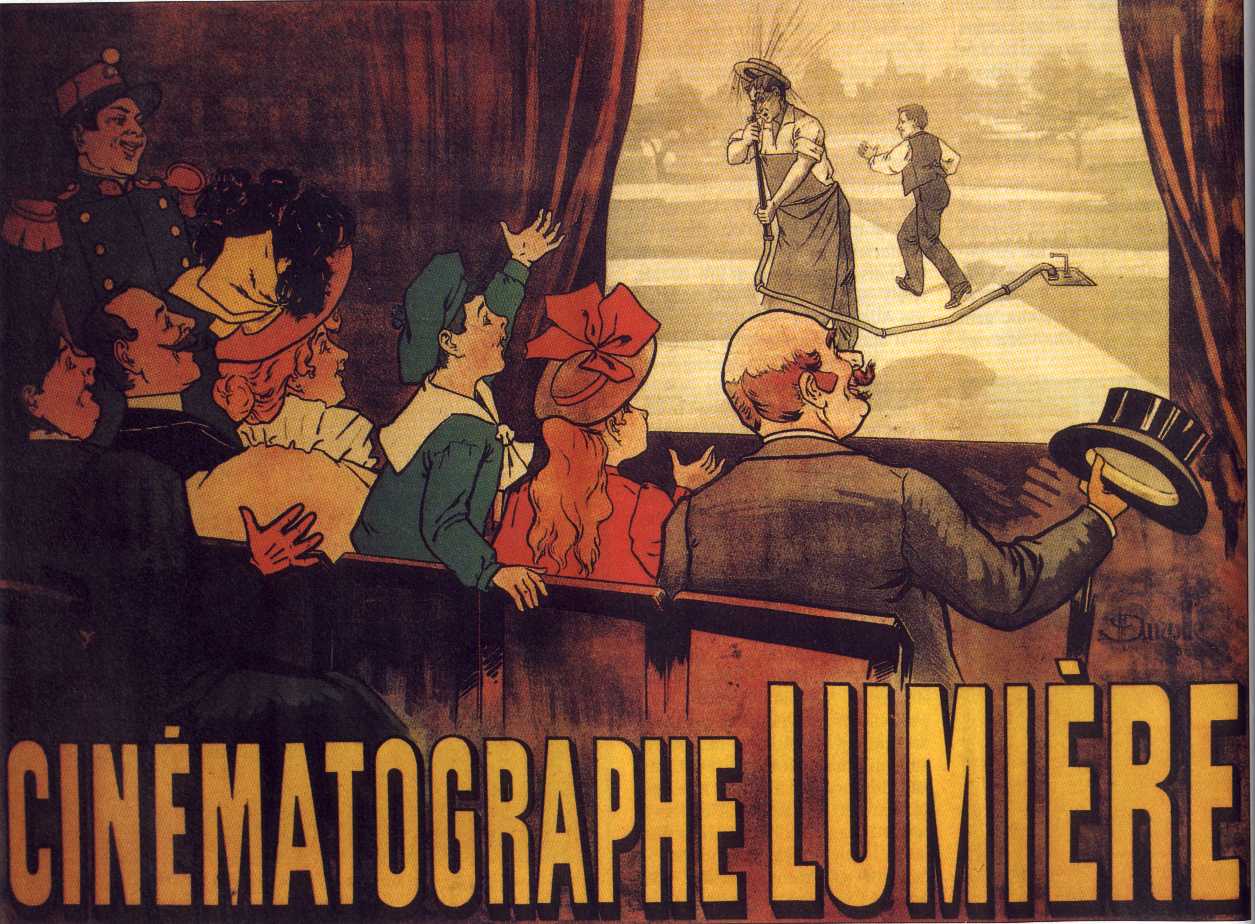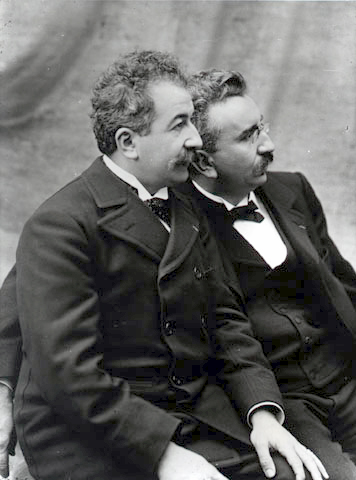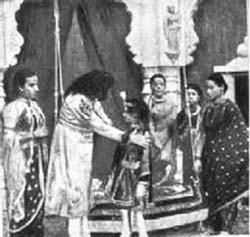
India's first feature film
Raja Harishchandra (राजा हरिश्चंद्र), is a 1913 silent, black and white Indian film directed and produced by Dadasaheb Phalke, and is India’s first full-length feature film.The film was based on the legend of King Harishchandra, recounted in our mythological epics Ramayan and Mahabharat.
The film opens with a tableau showing Harishchandra, his wife Taramati and his young son, to whom he is teaching archery and goes on to tell the story of this noble and righteous king, who first sacrifices his kingdom, followed by his wife and eventually his children to honor his promise to the sage Vishwamitra. Though, in the end, pleased by his high morals, the Gods restore his former glory, and further bestow him with divine blessings.

India's first feature film poster
The film was first shown on 3rd May 1913 at Bombay’s Coronation Cinema at Girgaon, where people crowded in large numbers on the roads outside the hall, as it marked the beginning of the Indian film industry. The film was so successful that Phalke had to make more prints to show the film in other areas as well. The film was a grand success and soon established Phalke as a producer and paved the way for the Indian film industry. Phalke’s wife Saraswatibai cooked food alone, without any help, for the whole cast and crew, which were more than 500 people. She also washed the clothes and costumes, helped in the posters and production of the film, and co-operated with the cast.

A still from the film
Phalke was greatly influenced by the style of painter Raja Ravi Verma in terms of visual aesthetics which reflects in the film. The film had an all-male cast, as no woman was available for playing female leads in the film, so the men played all the roles. The film reel was 3700 feet long, roughly amounting to 40 minutes.

Another still from the film
Phalke made 95 feature films and 26 short films in his career span of 19 years (till 1937). His most noted works are Mohini Bhasmasur (1913), Satyavan Savitri (1914), Lanka Dahan (1917), Shri Krishna Janma (1918), Kaliya Mardan (1919), Setu Bandhan (1923) and Gangavataran (1937).

Dadasaheb Phalke (1870-1944)
[Raja Harishchandra/India/1913/Director Dadasaheb Phalke/Producer Dadasaheb Phalke for Phalke Films/Written by Dadasaheb Phalke, Ranchhodbai Udayram(story)/Cinematography Trymbak B. Telang/ Actors D.D. Dabhke, P.G. Sane, Bhalchandra D. Phalke, G.V. Sane, Dattatreya Kshirsagar, Dattatreya Telang, Ganpat G. Shinde, Vishnu Hari Aundhkar, Anna Salunke, Nath T. Telang]

